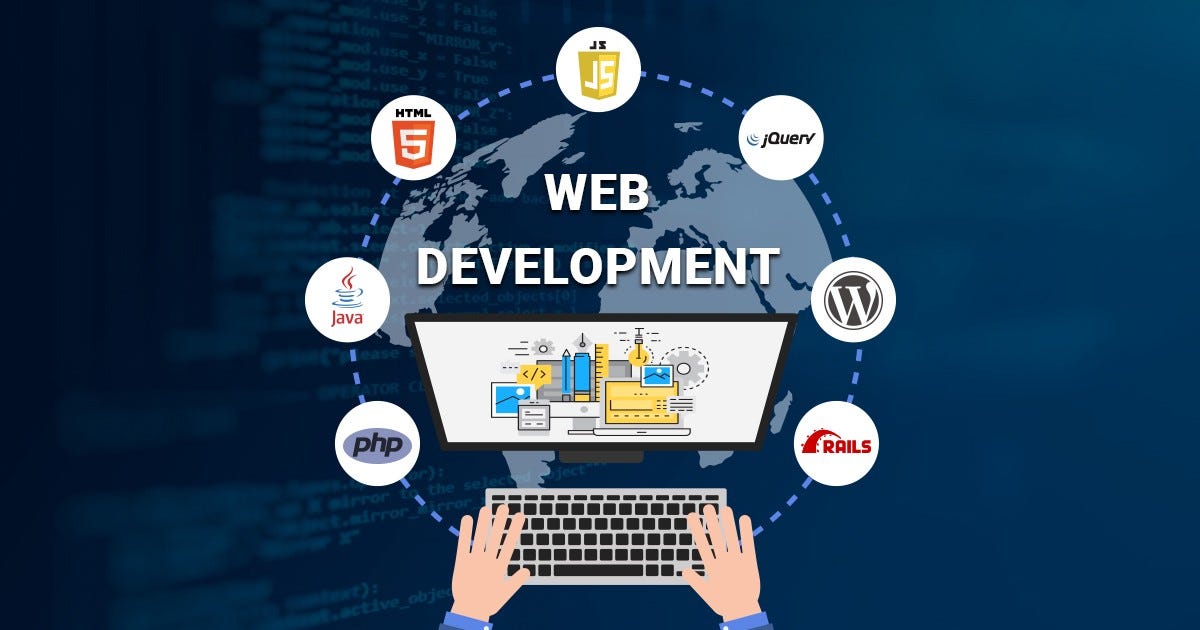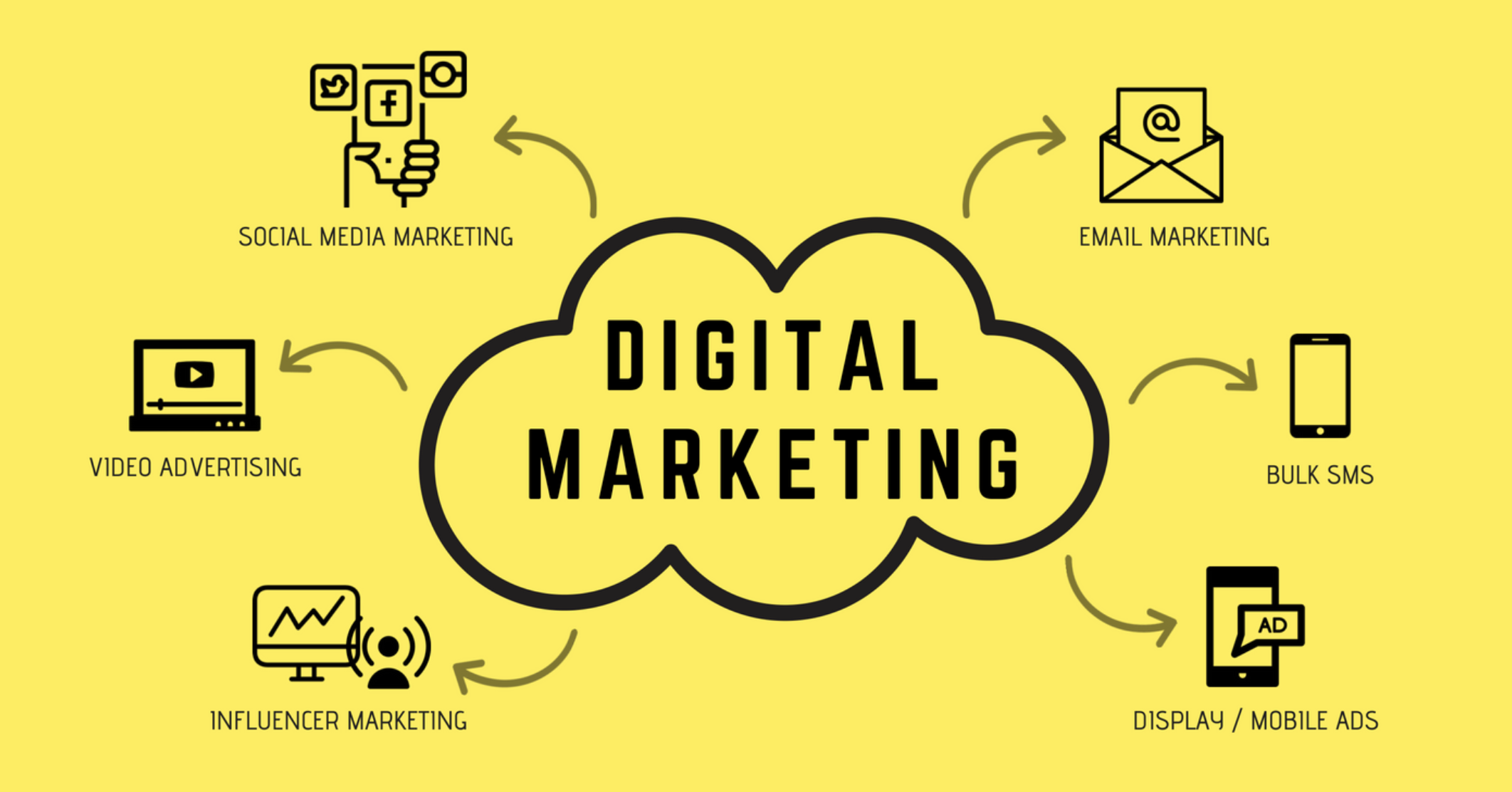Certainly, here are some website and digital marketing tips to help you maximize your online presence and achieve your digital marketing goals:
Website Tips:
Responsive Design: Ensure your website is mobile-responsive to provide a seamless user experience on all devices.
Fast Loading Speed: Optimize your website’s speed to reduce bounce rates and improve user satisfaction.
User-Friendly Navigation: Make it easy for visitors to find what they’re looking for with intuitive navigation menus and a clear site structure.
High-Quality Content: Create valuable and engaging content that caters to your target audience’s needs and interests.
SEO Optimization: Implement on-page and off-page SEO strategies to improve your website’s visibility in search engine results.
Clear Call-to-Actions (CTAs): Use compelling CTAs to guide visitors toward desired actions like signing up, making a purchase, or contacting you.
Email Capture: Collect visitor emails through opt-in forms to build an email list for marketing campaigns.
Social Media Integration: Include social sharing buttons and links to your social media profiles to encourage sharing and engagement.
Analytics Integration: Use tools like Google Analytics to track website performance and user behavior. Use data to make informed decisions.
Security: Ensure your website is secure with an SSL certificate, regular software updates, and security measures to protect against threats.
Local SEO: Optimize for local search by creating a Google My Business profile and including location-specific keywords if you have a local business.
Define Clear Goals: Establish specific, measurable, and realistic goals for your digital marketing campaigns.
Understand Your Audience: Conduct thorough audience research to understand your target demographics, preferences, and pain points.
Content Marketing: Develop a content strategy that aligns with your audience’s interests and pain points, and consistently produce high-quality content.
Social Media Marketing: Choose the right social platforms for your audience and industry, and create a consistent posting schedule.
Email Marketing: Segment your email list and personalize your email campaigns for better engagement and conversion rates.
Search Engine Marketing (SEM): Use paid advertising like Google Ads to target specific keywords and demographics to drive traffic and conversions.
Search Engine Optimization (SEO): Continuously optimize your website for search engines to improve organic rankings and visibility.
Influencer Marketing: Partner with relevant influencers to reach a wider audience and build credibility.
Paid Social Advertising: Utilize paid social media advertising on platforms like Face book, Instagram, and LinkedIn to reach specific demographics.
Analytics and Data Analysis: Regularly analyze campaign performance using tools like Google Analytics and adjust your strategies based on the data.
Conversion Rate Optimization (CRO): Continuously test and optimize landing pages and CTAs to improve conversion rates.
Experiment and Iterate: Don’t be afraid to try new strategies and tactics, and be willing to adapt your approach based on what works best.






